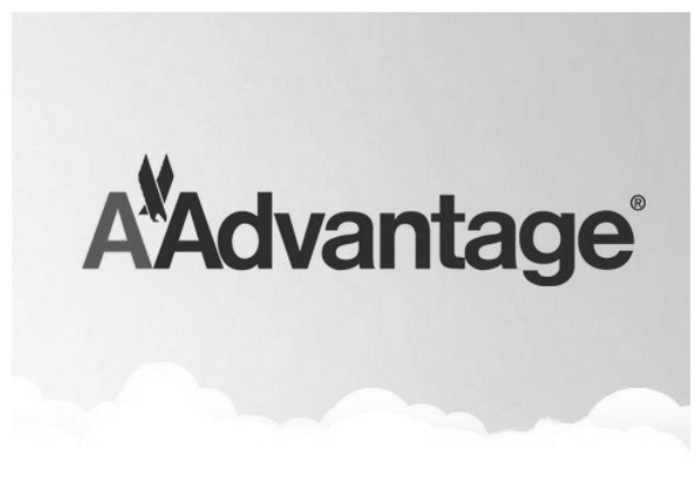American’s AAdvantage program was the first modern travel-loyalty program, and for most of the years since its launch in 1981 it was not only the largest but also arguably the best of the airline mileage programs.
Although the program, along with American itself, had lost much of its luster in recent years, it benefited greatly from the conversion of Delta and United’s programs into revenue-based schemes. That left AAdvantage as the only remaining Big 3 program to award miles based on the distance flown, positioning the program as the most valuable for the average traveler. By hewing to the old model of awarding miles, AAdvantage found itself with a competitive advantage
But the value-for-all business strategy had fallen out of favor, replaced by a more laser-like focus on rewarding companies’ most profitable customers, at the expense of infrequent leisure flyers. Hence the revenue-based schemes that are now the industry standard. Hence the moves by Delta and United to refashion their programs. And hence, as of today, the end of the AAdvantage program so many travelers have come to know and love.
Effective today, August 1, AAdvantage awards miles for American flights based on spend. (For travel on AAdvantage partner airlines, miles are awarded according to distance and fare class.) For the great majority of American flyers, that means far fewer miles for flights. And, more generally, it marks the end of a relatively lucrative chapter in the history of travel-rewards programs.
Frequent-flyer programs aren’t dead. But they’re increasingly irrelevant to the average traveler, who is now best served by considering price and schedule when choosing an airline. Frequent-flyer miles no longer move the needle, and they shouldn’t.
R.I.P. AAdvantage, and its ilk.
Reader Reality Check
Remember when frequent-flyer programs mattered?
After 20 years working in the travel industry, and almost that long writing about it, Tim Winship knows a thing or two about travel. Follow him on Twitter @twinship.
This article first appeared on SmarterTravel.com, where Tim is Editor-at-Large.


Leave a Reply